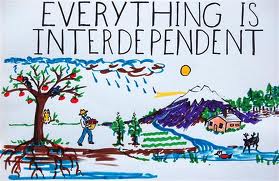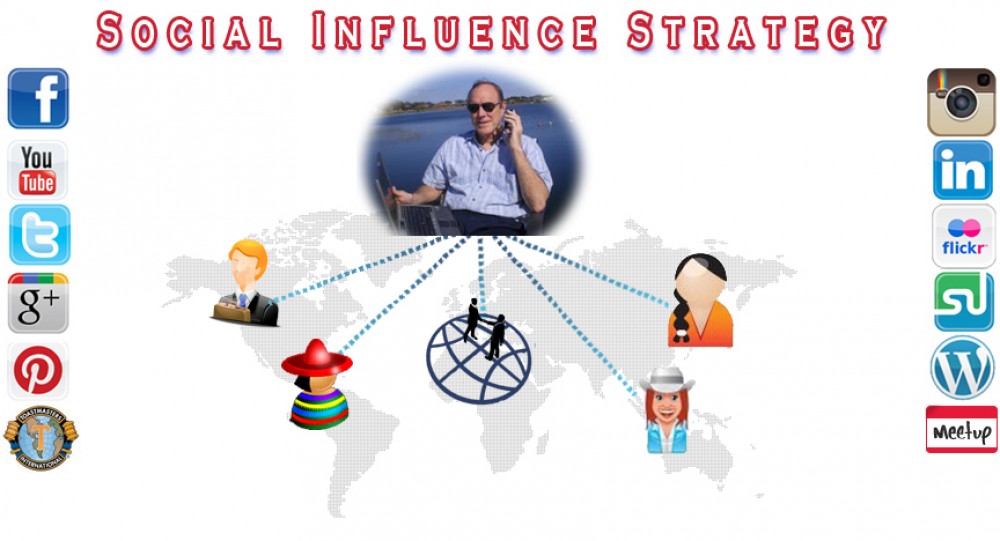 Internet Tribes
Internet Tribes
Alliances, tribes, and virtual teams are currently popular among internet marketers. SEO has incentivized reciprocal tribe syndication beyond the normal reasons to cooperate. A Like for a Like, etc. Personally I have been wrestling with my entrepreneurial tendency to focus on my own creative projects, rather than to contributing a lot of time as a team player.
Please don’t get me wrong; I love helping people as much as the Lone Ranger did. And I have always understood the values of synergy and leverage (the essence of networking), but I was usually the team leader or the “Chief of the Tribe,” if you will. I have never been inclined to be a groupie, and yet I respect the power of tribal alliances. For me, joining someone else’s tribe “takes some getting used to.” I try to do my part…
Synergy and Leverage
The whole internet itself is a giant showcase of synergy. It began as a “free-world” defense network, evolved into a free global information resource, and then in the nineties was colonized (no pun intended) by individual enterprise. By 1998 eCommerce was the next big thing. In the gold rush of the dot-com bubble, competition was king. I think the 21st Century has brought more appreciation for the synergy of social alliances.
Interdependence
On my other blog I wrote about, “Interdependence vs. Independence Reconsidered.”
In his best-selling book, Seven Habits of Highly Effective People, Dr. Stephen R. Covey wrote:
“Independent thinking alone is not suited to interdependent reality. Independent people who do not have the maturity to think and act interdependently may be good individual producers, but they won’t be good leaders or team players.”
Examples of Interdependent Relationships
Entrepreneurs need capital and capitalists need investments. Landlords and tenants need each other. Doctors need patients who need doctors. Teachers need students and vice versa. One of the hottest topics in the news is the creation or loss of “Jobs.” Employees need employers who need employees. Sellers of houses need buyers who need houses. Leaders need followers who need leaders.
In network marketing organizations, the “downline” need “upline” for training and support and assistance with presentations. Upline leaders need downline followers to expand their network of contacts.
Choose Your Partners Carefully
On my other blog, RelatingOnline.com, I suggested to carefully “Choose Your Partners.” I wrote:
Social media allow us to get to know each other before we decide to do business together. This is one of the things I like about network marketing too. We can choose to work with whomever we want.
“Partnering” for blog syndication, traffic generation, or for network marketing may be less risky than partnering in traditional business, but it still involves mutual commitments, expectations, and interdependence.
The 80/20 Rule
Even with the leverage of internet tools our time and energy is limited, so it is wise to consider the 80/20 Rule and be somewhat discriminating in choosing partners.
Realistically, do we have to sacrifice quality for quantity?
On my other blog I wrote about “Quantity vs. Quality in Social Media Relationships.” I assume that most people would like to increase BOTH the quantity AND the quality of their relationships through the leverage of social media. This goal presents challenges, because time (life) and attention have finite dimensions. Is there a limit to how much time and attention we can devote to relationships?
It is an understatement to say that the internet is full of examples of synergy and leverage. The image above is from the Interdependence Project blog. What are YOUR THOUGHTS about interdependence vs. independence? Please share your comments below. (Bloggers need commentators) ![]()
